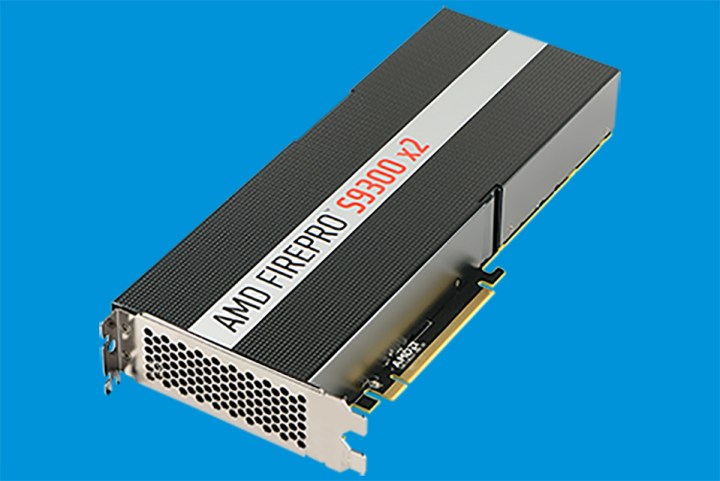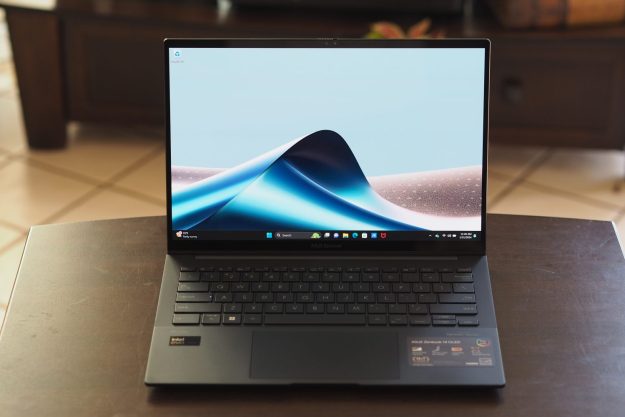
In terms of specs, however, the S9300 x2 appears to resemble high-end consumer-grade hardware more than a GPU typically found in the HPC space. This is all thanks to AMD’s choice to go with high bandwidth memory, or HBM, for the Fiji architecture, which is severely limited in terms of memory buffers. With only 4GB of RAM, it pales in comparison to other HPC units, whose 8GB of memory is considered “low-end.” The higher tiered cards usually consist of 32GB of RAM.
The S9300 x2 is considerably weaker than the Hawaii-based S9170, with its double-precision floating point performance maxing out at 1/16 of FP32 (0.8TFLOPS). The S9170, on the other hand, bears 2.6TFLOPS of double-precision performance. Notably absent, too, is EEC memory support.
Although lacking on double-precision performance, single-precision floating point performance is where the S9300 x2 shines brightest. Looking at single-precision performance alone, the S9300 is more powerful than anything AMD has made in the past and presumably faster than Nvidia’s offerings as well.
The S9300 x2 takes advantage of passive cooling and a 300W power enveloper, making clock speeds lower than what we might expect from a similarly priced GPU. The Radeon Pro Duo, for instance, uses three eight-pin PCI-e power connectors, meaning it probably requires more than 300W of juice to run. Meanwhile, the Radeon Nano does pull off a 300W limit by maintaining a steady 850MHz clock speed to keep itself from burning up.
Although we see the S9300 primarily as a product with narrow appeal, AMD knows exactly what it’s doing by releasing it. Presently, Nvidia owns 75-85% of the professional GPU market, having captured almost the entirety of the HPC space.
Clearly, AMD’s efforts in this market were long past due. Nevertheless, with a $6,000 price tag to consider, it’s actually quite the bargain when compared to other HPC cards on the same scale. For AMD’s sake, let’s hope this changes things for the better.



